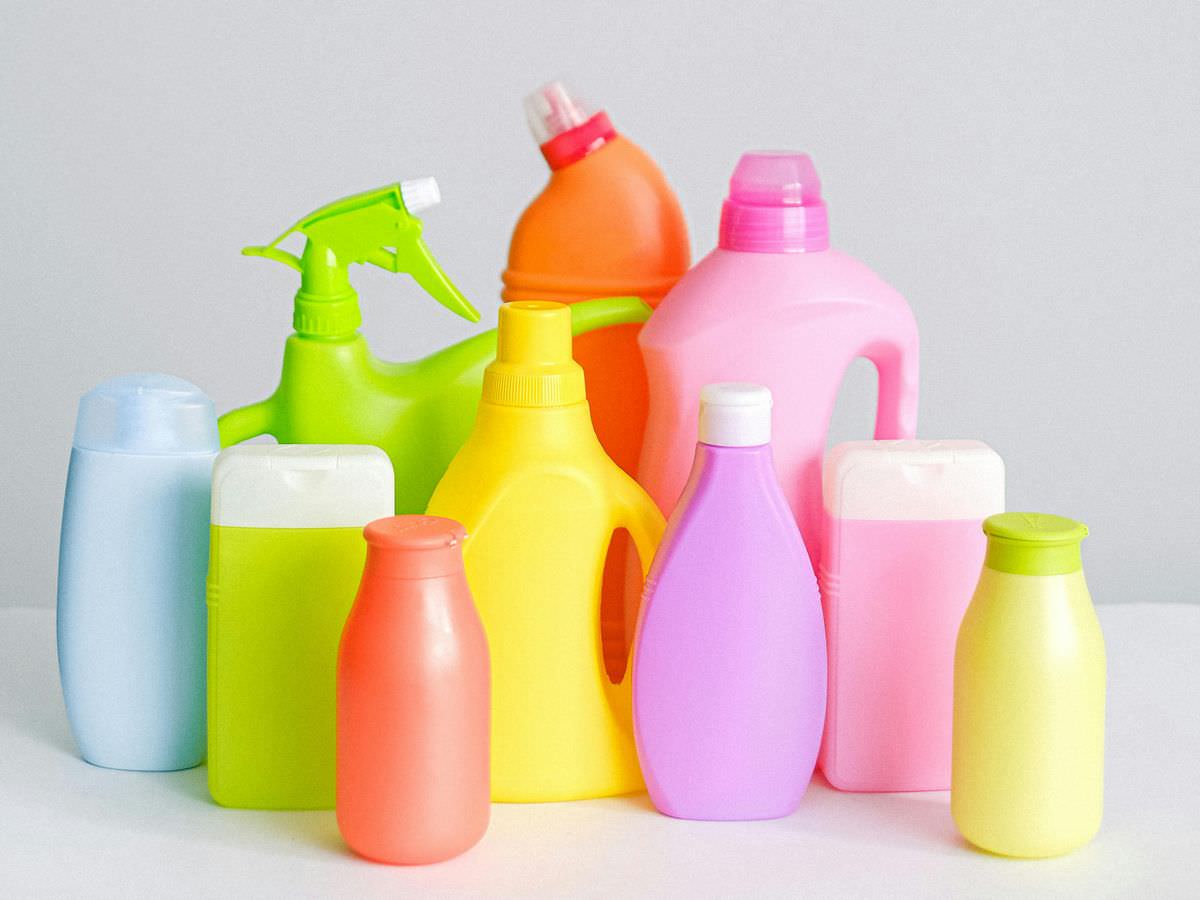🔬 A Groundbreaking Study
A recent analysis published in the prestigious New England Journal of Medicine has unveiled a startling revelation: microplastics are being deposited in our arterial plaque, increasing the risk of fatal cardiovascular events like strokes and heart attacks. 😨 This study, titled “Microplastics and Nanoplastics in Atheromas and Cardiovascular Events,” challenges the long-held notion that the dose alone determines the toxicity of a substance.
For decades, the toxicology community has operated under the adage “the dose makes the poison,” believing that substances like lead, arsenic, cadmium, and mercury are only harmful beyond certain exposure levels. However, this study suggests that microplastics may defy this traditional understanding, as we are constantly exposed to minuscule amounts from various sources.
🥤 Microplastics: Ubiquitous and Inescapable
Microplastics are everywhere – in our food packaging, water sources, and even breast milk. 🍼 These tiny particles cross the placental barrier, affecting developing babies. 👶 For years, the toxicology community dismissed microplastics as harmless due to their minuscule amounts, but this study proves otherwise. The real-world exposure to these toxic elements, combined with environmental pollutants and pharmaceutical drugs, creates a complex array that can have devastating effects.
The study’s authors emphasize that toxicology models from the 1950s, which focused on isolating and studying the lethal doses of substances, fail to account for the intricate web of exposures we face daily. This constant barrage of microplastics, coupled with other pollutants, may have synergistic effects that amplify their harm.
💉 The Deadly Deposition
The study enrolled 304 participants, with 257 completing a mean follow-up period of 33.7 months. Shockingly, polyethylene was detected in the carotid artery plaque of 150 patients (58%), with a mean level of 21.7 micrograms per milligram of plaque. 🤯 Even more alarming, 31 patients (12%) had measurable amounts of PVC, a piping material, in their plaque.
Electron microscopy revealed jagged foreign particles among plaque macrophages and scattered debris, some containing chlorine. These particles had sharp, irregular edges, a stark contrast to the smooth surfaces typically found in biological structures. 🔺
Patients with microplastic particles in their atheroma (plaque) had a staggering 4.5 times higher risk of primary endpoint events (heart attack, stroke, or death) than those without detectable microplastics. 💀 This hazard ratio is alarmingly high, highlighting the severe consequences of microplastic accumulation in our arteries.
🧪 Microplastics: The Silent Killers
Polyethylene and polyvinyl chloride (PVC) are widely used in food containers, cosmetics, and water pipes. 💦 These microplastics have been found in drinking water, food, cosmetic products, and even air particles. They bind to fine inhalable particulate matter and can be transported long distances by wind, infiltrating our lungs through face masks. 😷
The investigators warn that microplastics have been detected in human breast milk, urine, lung tissue, and even liver samples from patients with cirrhosis. 🫁 This pervasive presence of microplastics in our bodies is a ticking time bomb, contributing to the staggering 630,000 deaths from stroke or heart attack in the US annually. 💔
Disturbingly, the study also suggests that microplastics may play a role in the development of dementia and Alzheimer’s disease. The researchers speculate that the deposition of these particles in the brain could mimic the effects of beta-amyloid plaque, a hallmark of these neurodegenerative conditions. 🧠
🛡️ Minimizing Exposure: A Crucial Step
To mitigate the risks posed by microplastics, it is imperative to minimize exposure. Avoid hot foods wrapped in plastic, fast food packaging, and drinking from plastic water bottles. 🥤 Embrace reusable mugs and containers, and exercise caution when dealing with plastic products.
Additionally, enhancing the elimination of microplastics through sweating, exercise, and sauna therapy can be beneficial. 💦 The study sponsor, Bond Charge, offers a low-EMF sauna blanket that can aid in detoxification and promote overall well-being.
Remember, the dose may not be the sole determinant of toxicity anymore. 🚨 Taking proactive steps to reduce microplastic exposure and promoting their elimination from our bodies is crucial for safeguarding our cardiovascular health and overall well-being.
🔍 Further Research Needed
While this study presents compelling evidence, further research is necessary to fully understand the implications of microplastic exposure. Scientists must investigate potential genetic or metabolic factors that may influence an individual’s susceptibility to microplastic deposition in arterial plaque.
Additionally, longitudinal studies tracking microplastic levels and their effects over longer periods could provide valuable insights into the long-term consequences of this environmental hazard. 📈
💪 Empowering Individuals and Advocating for Change
Raising awareness about the dangers of microplastics is crucial, but individual efforts alone may not be sufficient to address this pervasive issue. Collective action and advocacy for stricter regulations on plastic production, usage, and disposal are essential to protect public health and the environment.
Governments, industries, and communities must collaborate to develop sustainable alternatives to single-use plastics and implement effective waste management strategies to reduce microplastic pollution. 🌎
Copyright © 2025 Hea1th.net

